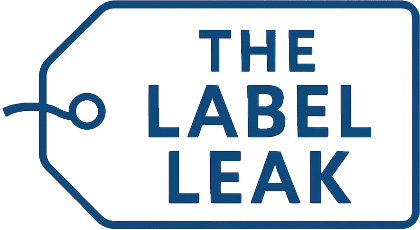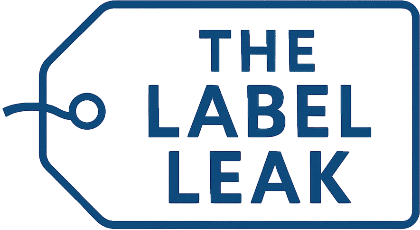How Return Policies Are Reshaping Retail Valuations
The post-pandemic retail landscape is defined by a paradox: consumers have grown accustomed to unprecedented flexibility, yet retailers are tightening the screws on return policies to curb losses. This recalibration is not merely operational—it is a recalibration of trust. For investors, the shift signals a redefinition of risk in the sector, where the cost of customer loyalty is increasingly measured in operational efficiency rather than goodwill.
The Return Policy Tightrope
Lowe’s and Home Depot, two titans of the home improvement sector, have recently implemented stringent return policies for high-value items. For appliances like refrigerators, washers, and air conditioners, customers now face 48-hour or 7-day return windows, with strict requirements for unused, factory-sealed products. These changes, while framed as cost-containment measures, reflect a deeper recalibration of the retailer-consumer contract. By shifting responsibility for defects to manufacturers and discouraging “borrowing” behavior, these policies aim to reduce shrinkage and inventory handling costs.
Financially, the implications are clear. The National Retail Federation estimates U.S. returns will reach $890 billion in 2024, with 16.9% of annual sales expected to be returned. For Lowe’s and Home Depot, restricting returns on high-ticket items could save hundreds of millions in logistics, restocking, and markdown costs. However, the trade-off is significant: 76% of consumers consider free returns a key factor in shopping decisions, and 67% say a poor return experience would deter future purchases.
Operational Risk and Brand Loyalty
The operational risks of these policies lie not in their execution but in their reception. By shortening return windows, retailers risk alienating customers who expect the flexibility that defined the post-pandemic shopping era. Competitors like Best Buy (14–15-day returns) and Amazon (30-day returns) offer broader windows, creating a competitive disadvantage for Lowe’s and Home Depot. Yet, these changes also reveal a strategic pivot: leveraging return restrictions to drive ancillary revenue. For instance, by pushing customers toward extended warranties—a product more profitable to retailers—companies can offset lost revenue from reduced returns.
Investors must assess whether these policies align with long-term brand loyalty. A 2024 study by Happy Returns found that 84% of consumers prioritize no-box/no-label returns and instant refunds. If Lowe’s and Home Depot fail to balance efficiency with customer-centricity, they risk eroding the trust that fuels repeat business.
Investor Implications: Balancing Efficiency and Sentiment
For investors, the key lies in evaluating how these policies affect valuations. Retailers that successfully reduce return-related costs can improve gross margins, but the gains may be offset by declining customer satisfaction. Consider the following metrics for analysis:
– Gross Margin Expansion: Track how Lowe’s and Home Depot’s margins evolve against peers like Best Buy and Amazon.
– Customer Retention Rates: A drop in retention could signal reputational damage, even if short-term costs fall.
– Extended Warranty Revenue Growth: A surge in such sales may indicate a shift in consumer behavior toward risk mitigation.
The Path Forward
The return policy changes by Lowe’s and Home Depot are part of a broader industry trend. As tariffs and inflation persist, retailers must navigate the tension between cost discipline and customer expectations. Those that invest in digital tools—such as AI-powered virtual assistants or seamless online return portals—may mitigate the risks of stricter policies. Lowe’s recent AI framework and Home Depot’s Magic Apron tool exemplify this approach.
For investors, the lesson is clear: retail valuations now hinge on operational agility as much as sales growth. Companies that can reduce return losses without sacrificing customer trust will outperform. However, those that prioritize short-term savings at the expense of long-term loyalty may find their valuations under pressure.
In the evolving retail landscape, trust is no longer a given—it is a commodity to be managed. The retailers that master this balance will define the next era of consumer commerce.


